Micro lecture 23 - Pseudomas aeruginosa, Burkholderia spp., Klebsiella pneumoniae, Proteus mirabilis and P. vulgaris
1/28
There's no tags or description
Looks like no tags are added yet.
Name | Mastery | Learn | Test | Matching | Spaced |
|---|
No study sessions yet.
29 Terms
Pseudomas aeruginosa
-opportunistic infection, affecting compromised tissue
-Pulmonary infections
-open wound and soft tissue infections
-epidemiology: Ubiquitous (commonly found in water and soil), 10% of nosocomial infections (Healthcare-associated infections!)

P. aeruginosa Virulence Factors
-Attachment factors: pili
-Capsule: anti-phagocytic
-Biofilm formation: protection
-Algninate synthesis (viscous gel around bacterium)
-LPS
-Pyocyanins generates ROS contributing to tissue destruction
-Siderophores capture iron and other nutrients
-Multiple secretory systems
Exotoxin A - P. aeruginosa
blocks protein synthesis by ADP-ribosylating elongation factor 2 (EF-2) like diphtheria toxin
Phospholipase C - P. aeruginosa
degrades host cell membrane
Exoenzymes S and T and elastases LasA and LasB - P. aeruginosa
prevents phagocytic killing
Pseudomonas aeruginosa - biochemistry
-Gram-negative rod, polar flagella
-Strict aerobe, simple growth requirements, β hemolytic
-Distinct color and odor when grown the solid medium (grape-like); pyocyanin: blue-green pigment
-Oxidase positive
Burkholderia spp.
-Gram-negative bacillus
-pathogens: B. mallei, B. pseudomallei., B. gladioli
-Epidemiology: moist environments and surfaces, Biodefense potential, so classified as a select agent
Burkholderia spp. virulence factors
-LPS
-Polysaccharide capsule
-Produce unique "cable pili"
-Biofilm production
Do Pseudomonas and Burkholderia ferment lactose?
No
Burkholderia Diseases
Opportunistic pathogens often associated with specific underlying diseases or conditions
-Diseases: primarily respiratory, esp. in cystic fibrosis
Melioidosis
-caused by Burkholderia pseudomallei
-Transmission: percutaneous inoculation and inhalation
-Pneumonia is the most common clinical presentation
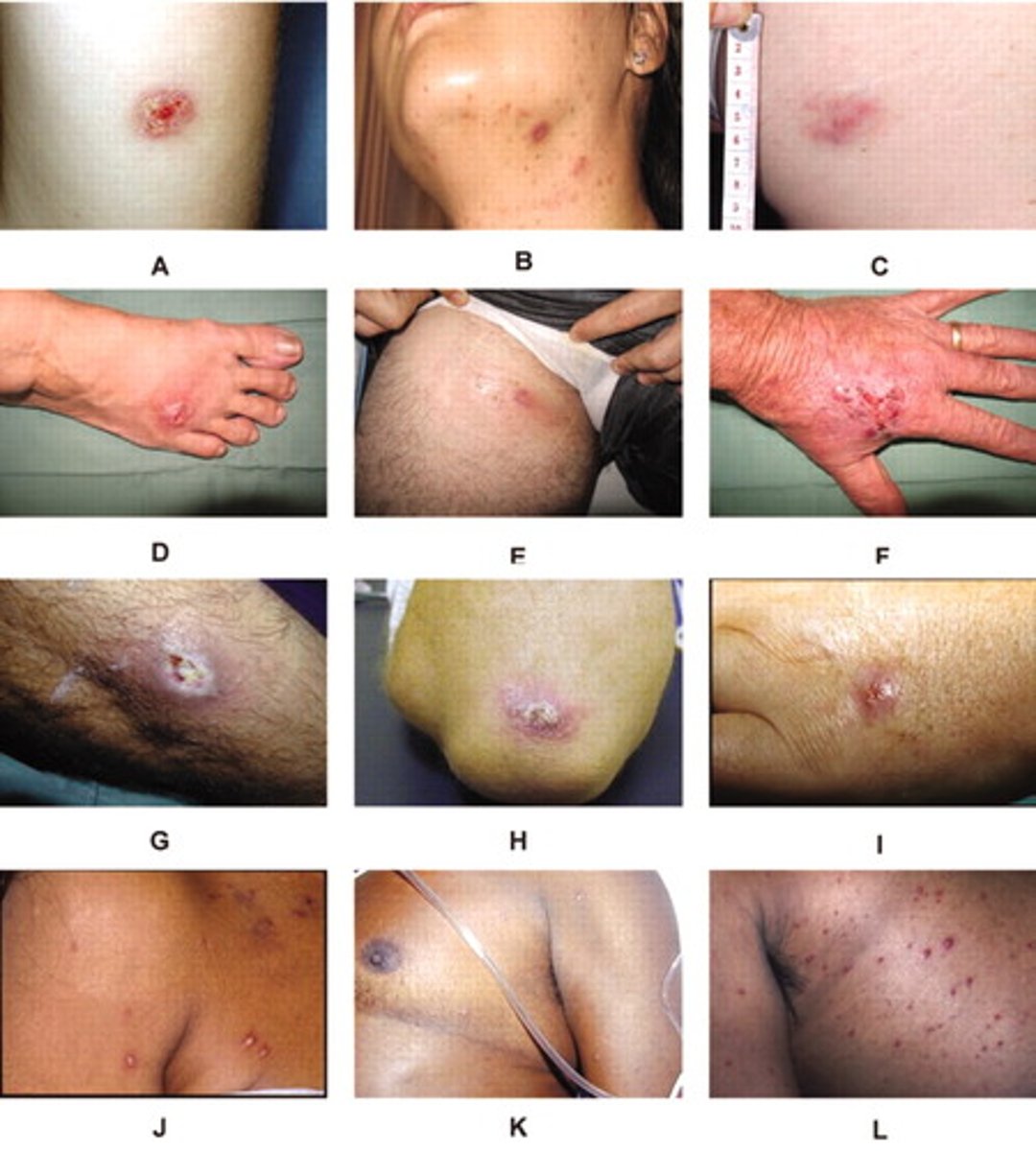
Klebsiella pneumoniae
-Gram-negative rod, an Enterobacteriaceae
-Biochemical identification: Grows pink colonies on MacConkey’s agar
Klebsiella pneumoniae virulence factors
-Prominent anti-phagocytic capsule that gives colonies a mucoid appearance
-Forms biofilms
-Attachment: fimbriae
-Increasing drug resistance: KPC, ESBL, NDM-1
-Siderophores
-LPS

K. pneumoniae Disease
-Epidemiology: Part of intestinal flora
-Transmission: Can be found in healthcare settings → frequent nosocomial pathogen
-Disease: Usually necrotic destruction of alveolar spaces, formation of cavities, and production of blood-tinged sputum (in contrast to rust-colored sputum of S. pneumoniae – different virulence mechanisms).
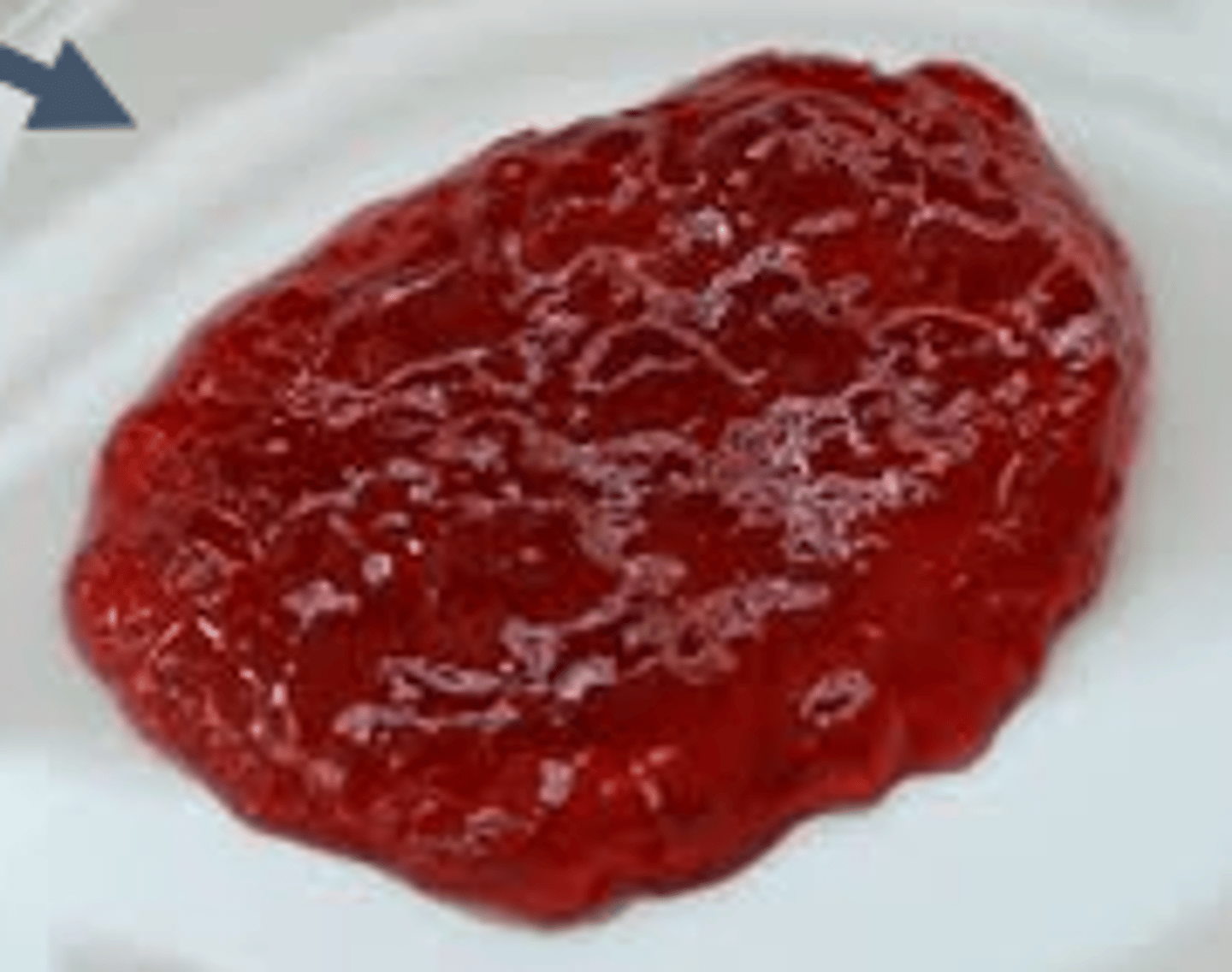
Klebsiella granulomatis
-Gram-negative rod in Enterobacteriaceae family
-Very pronounced capsule: gives mucoid appearance and is a major virulence factor
-Causes granuloma inguinale or donovanosis
-Clinical presentation: Subcutaneous nodules then appear on genitalia or inguinal area; granulomatous lesions that are painless

Proteus mirabilis and P. vulgaris
-contains peritrichous flagella -> highly motile
-Swarming growth (motility) on blood agar
-H2S and urease positive
-Colonize colon and (in women) urethra
Diseases from Proteus mirabilis and P. vulgaris
-P. mirabilis: urinary tract infection
-P. vulgaris: nosocomial infections (pneumonia, bacteremia) and UTIs
Pseudomas aeruginosa presentation
-pulmonary infections
-soft tissue infections
-makes up 10% of nosocomial infections
-blue green pigments

what are pyocyanins?
virulence factors of P. aeruginosa that generate ROS, contributing to tissue destruction
biochemistry of pseudomonas aeruginosa
-gram negative, polar flagella
-strict aerobe, simple growth requirements
-grape odor
-oxidase positive
Burkholderia spp.
-gram negative bacillus
-B. pseudomallei
-soil organism
-biodefense potential, respiratory illnesses
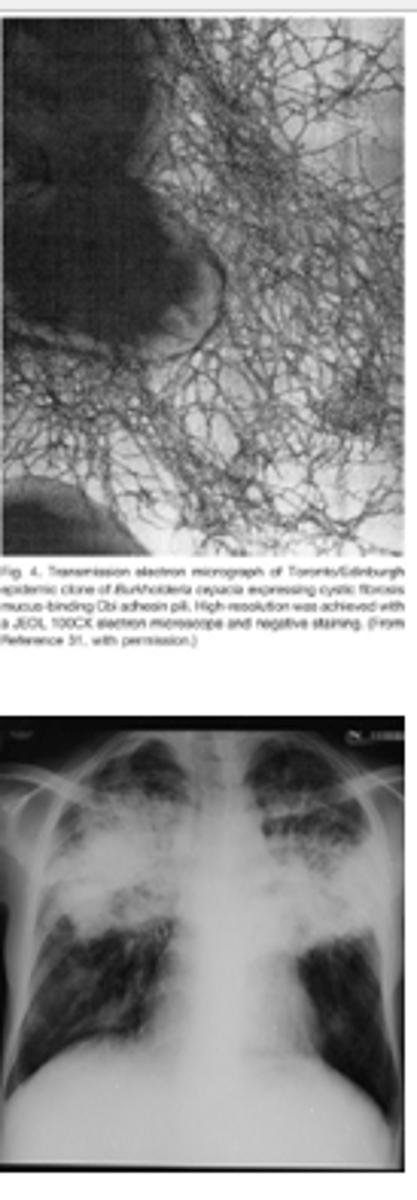
burkholderia diseases
opportunistic infection associated with cystic fibrosis
meliodosis
Burkholderia
-presents like pneumonia
-percutaneous inoculation and inhalation
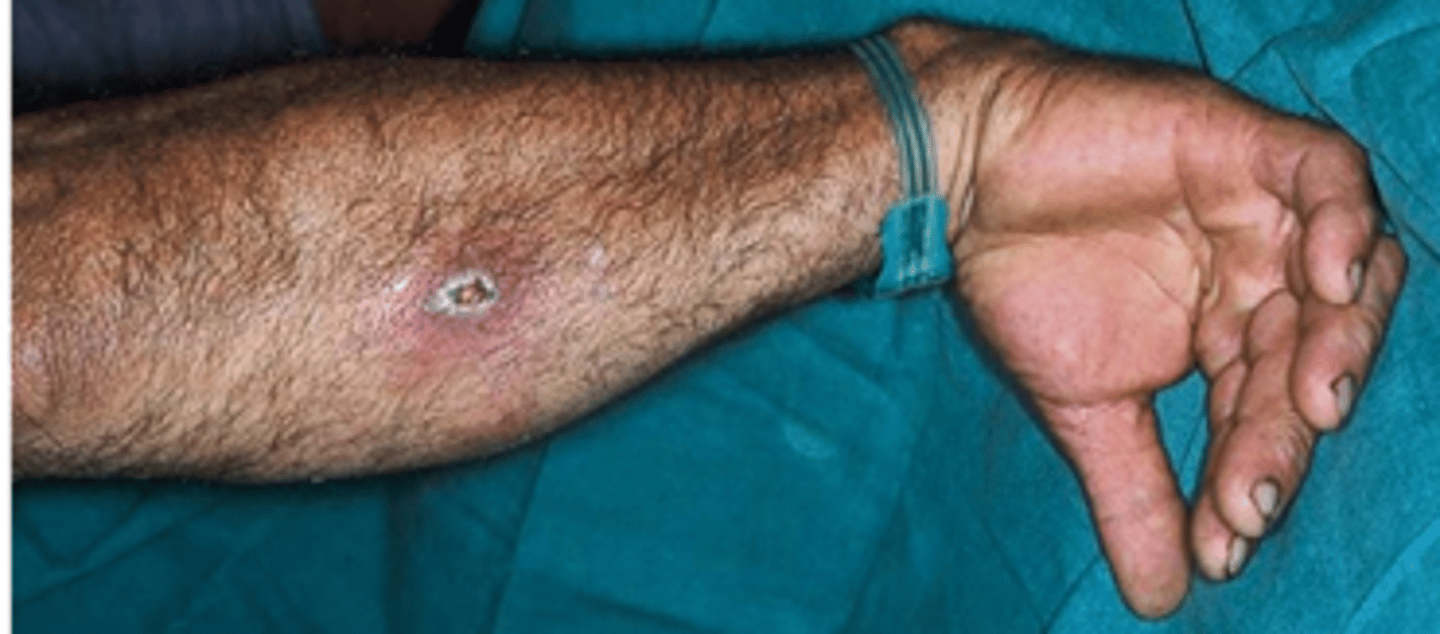
klebsiella pneumo on agar
-pink colonies on MacConkey's agar
-gram negative rod
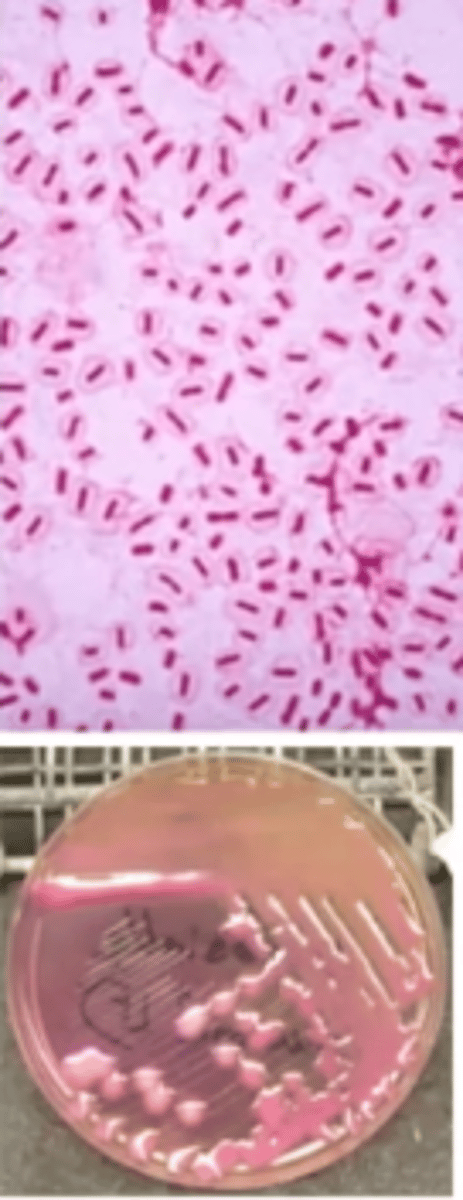
biochemical properties of Klebsiella
-lactose fermenter
-oxidase negative
-urease positive
-large capsule
K. pneumoniae
-marked by blood tinged sputum
-nosocomial
Klebsiella granulomatis presentation
-extended incubation
-nodules then appear on genitalia or inguinal area
-lesions are painless
Proteus mirabilis/vulgaris
-highly motile
-swarming growth
-H2S and urease positive
-associated with UTIs

unique feature of enterobacter
becoming increasingly resistant to drugs
-cause of many nosocomial infections